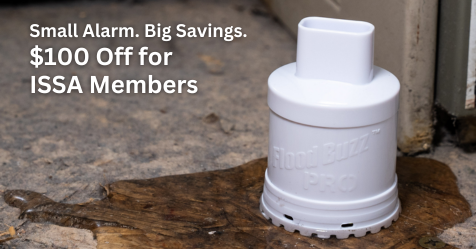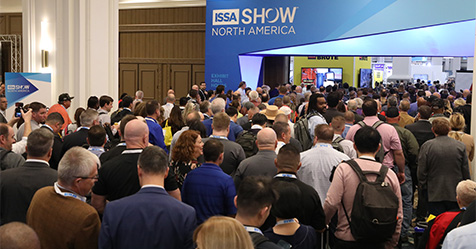Waste Management Company Suffers Worker Fatality After Ventilation Failure
Employer failed to implement legally mandated spacy entry requirements.
Clean Harbors Environmental Services Inc., a Massachusetts-based environmental and hazardous waste management service provider, suffered a worker fatality due to failure to ventilate a confined space containing organic chemical residue, according to a U.S. Department of Labor investigation.
The incident took place at customer’s facility in Twinsburg, Ohio, at which the Labor department’s Occupational Safety and Health Administration (OSHA) determined the employer failed to implement legally mandated, permit-required space entry requirements. Specifically, OSHA found that the employer failed to ventilate, test the environment, and use non-entry rescue equipment, including a tripod, mechanical winch, and full-body retrieval harness.
OSHA cited Clean Harbors Environmental Services for US$602,938 in penalties.
Visit OSHA’s website for information about confined space entry safety requirements, and contact the agency for information about OSHA’s compliance assistance resources.


